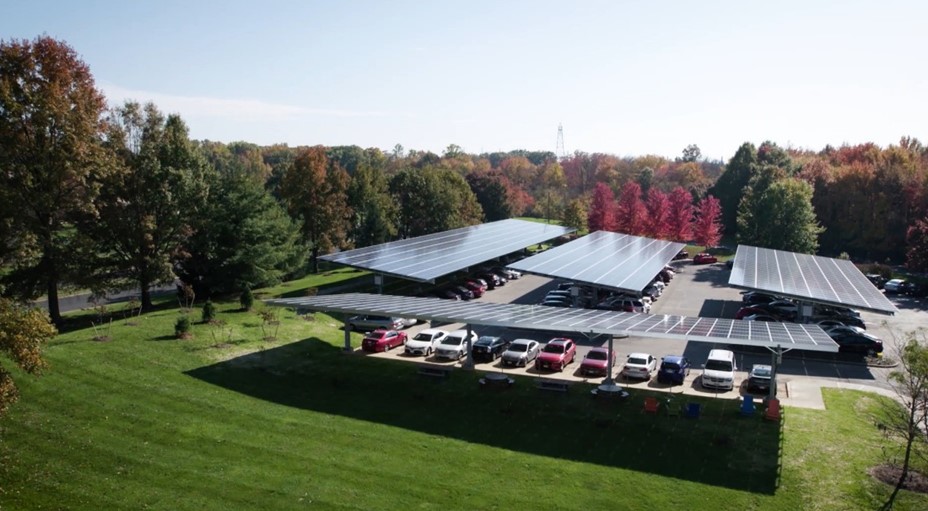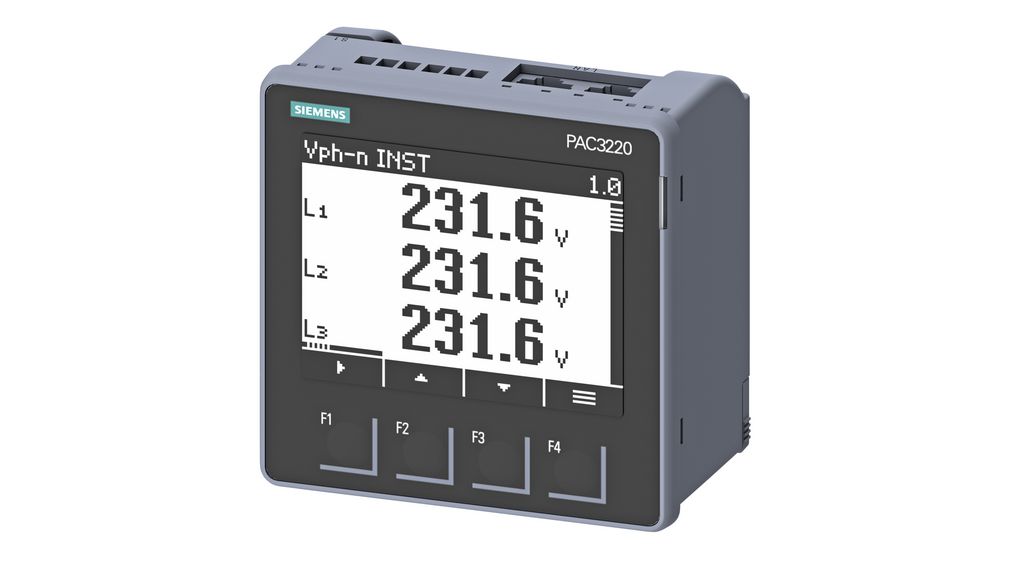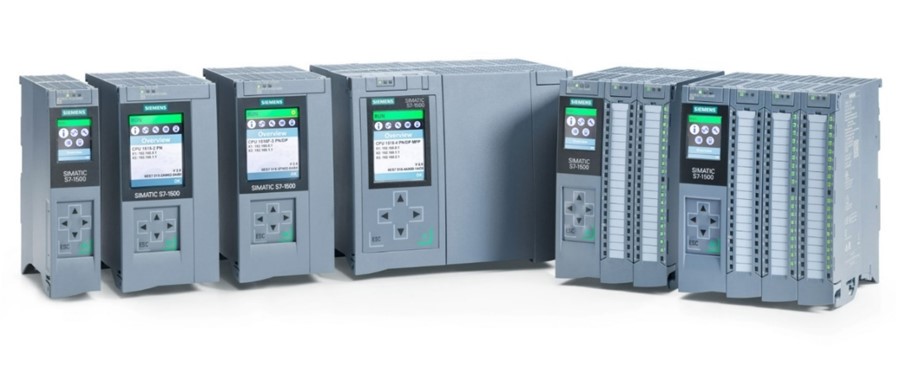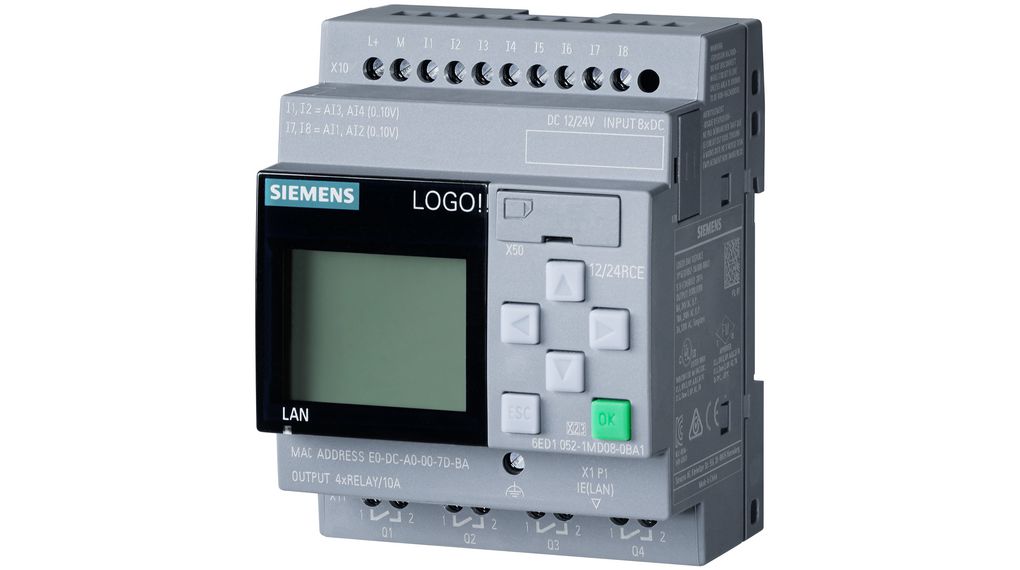There is a major migration underway within the energy sector. In order to address rising climate change concerns and reduce CO2 emissions, electricity generation based on fossil fuels is now in the process of being phased out. Consequently, an increasing proportion of the electricity supplied through the grid is going to come from renewable energy sources (like wind, thermal and solar).
Rather than having a few large-scale electricity generation sites (such as coal-fired power stations), a new decentralised topology will be utilised, with electricity coming from a multitude of distributed sites of varying sizes. As a direct result of this, enterprises, municipal bodies and various other organisations are going to be given the chance to completely alter their energy strategies – enabling them to gain far greater energy autonomy than they ever had before. We are entering the era of the microgrid.

The Changing Energy Landscape
With energy costs climbing upwards at an unprecedented rate, organisations need to tackle the size of their utility bills. Also, for corporate responsibility and brand image reasons, they are looking to find ways to contract the size of their carbon footprint.
By being able to avoid over-dependence on the grid, there is the potential for such organisations to reduce their operational expenses and boost profitability, while also promoting their green credentials. Many of them are therefore looking to embrace microgrid technology instead.
According to analysts firm Allied Research, the global microgrid market is currently experiencing double-digit growth – with close to a 15% compound annual growth rate (CAGR) expected between now and 2030. As a result, it is forecast to be worth a staggering $59.7 billion annually by the end of this decade.
Reasons for Shifting to a Microgrid Arrangement
There are numerous benefits that can be derived via microgrid technology – and this is what is currently making it very appealing. Among the key ones for organisations and communities to consider are the following:
As renewables start to become responsible for the majority of electricity generation, the grid will be more susceptible to fluctuations in supply. It is acknowledged that power outages could become more commonplace as a result. Hence, having their own dedicated electricity generation capabilities is something that organisations/ communities are keen to explore. This will mean that they have an electricity supply that is more robust and can be fully relied upon.
Although it will be attached to the main grid for much of the time, once in ‘island mode’ a microgrid can operate completely independently from it. This means that the microgrid may continue to supply electricity to loads it has been assigned, even when a power outage has occurred on the main grid.
Since microgrid electricity generation will be closer to its assigned loads, there are no longer large distances over which the electricity needs to be transported. This means that power line losses are much smaller, so greater efficiency levels are achievable.
As well as power outages, there is also the potential for large-scale power distribution networks to suffer cyberattacks. So far, the cases of this happening have been relatively rare, but the threat posed by this is becoming increasingly apparent. In contrast, small localised microgrids are not likely to prove an interesting target for such activity.
In addition, to enhance supply resilience and greater efficiency, there is the prospect for organisations to leverage their microgrids and become net generators of electricity – rather than just remaining consumers. By selling any excess electricity generated through their on-site renewables back to utilities, they will be able to add an extra revenue stream to their respective business models.
As already mentioned, the output from renewable energy sources will be intermittent. This means, once again, that there is an opening for organisations to use aspects of their microgrid installations to support the main grid. The energy storage reserves available to them will be invaluable in helping the main grid to meet the demands being placed on it at certain times. The peak electricity generation periods of renewables will not be aligned with consumers’ peak electricity consumption. So, by being able to draw on energy stored in banks of batteries at connected microgrid sites, the acute strains that the main grid will be subjected to may be alleviated.
The Engineering Challenges Involved
It will be of paramount importance that microgrid installations can be configured to deliver elevated levels of performance, so that the full benefits of their implementation are witnessed. They must also be as cost-effective as possible, to get the most out of the upfront investment made and minimise the financial risks involved. In order to do so, access to the correct development tools, plus all the necessary control and monitoring equipment, are certain to be high priorities.
Alongside these, the emergence of more sophisticated and adaptable energy management and analysis software will mean that acquired data can be examined and improvements made to the system. By doing this, once a microgrid has been built, it will be possible to ensure that the facility/community’s long-term electricity requirements are met in the most efficient manner.
Selecting Solutions to Support Microgrid Installations
As part of its ongoing goal of driving further automation and digital transformation, Distrelec is one of Siemens biggest supply chain partners in Europe. Through the close partnership that has been established with Siemens, Distrelec is well-positioned to support its customers in reaching their microgrid objectives – assisting them by providing advanced monitoring and controller solutions.

Using the 7KM PAC3120 energy meters, electricity consumption data can be accurately recorded. These units are applicable in all geographies, as both 50Hz and 60Hz grid frequencies are supported. They are capable of handling 24VAC supply voltages, and compact form factors make them straightforward to install. 10Mbps Ethernet I/Os are featured, via which they can interface with higher-level automation and power management platforms. The 7KM PAC3120’s sister model, the PAC2200, complies with the European Union’s M-Bus metering communication standard.

Siemens’ SIMATIC S7-1500 controllers deliver a sub-1ns bit computation time and are highly suited to the edge-based processing that microgrid systems will need. They have a modular construction which allows functionality to be scaled up when required. IP20 protection means that they can be deployed in challenging application environments.

Comprising both Modbus TCP/IP and Ethernet I/Os so as to maximise their adaptability, and having intuitive drag-and-drop programming to accelerate system development schedules, Siemens’ LOGO! 8.3 logic modules possess many of the vital attributes that will facilitate microgrid implementation. The real differentiator, however, is the cloud connectivity it offers. The integrated web server can be directly hosted in the cloud, so users can visualise all the relevant parameters being monitored, and insight may subsequently be gained. Customisability of the web server enables a broad range of specific requirements to be attended to. Further, TLS encryption provides a high degree of security.
Microgrids in Action
To illustrate the many advantages of microgrid adoption, Siemens has founded a microgrid campus at Princeton. This unique undertaking serves as a high-profile example of what can be accomplished. Not only does it showcase the latest microgrid innovations, it also acts as a testbed for trying out new ideas that will then be applied to next-generation microgrid installations all over the world.
Conclusion
It is clear that the use of microgrids will be an important contributor to a more sustainable future, enabling low-cost, environmentally friendly generation and supply of electricity on a more localised basis, with greater efficiency and security both resulting. By adopting a microgrid approach, organisations will be able to gain heightened energy autonomy. It will leave them less vulnerable to power outages on the main grid, enable them to meet their green objectives and also curb their overall running costs. However, it is not a simple process.
Thanks to the hardware and accompanying tools that Siemens offers, Distrelec is able to support customers as they start to deploy microgrid infrastructure at their sites. Customers will be able to get expert technical advice to drive the decision making. Via this they will be able to conceptualise the layout of an appropriate microgrid, determine the best renewable and storage technology for the project, and estimate what the payback period will be. Provided with streams of constantly updated data, they will then have the capacity to examine the energy flows of all the constituent elements within their facilities, so can maintain continuous optimal performance. There will be scope for them to identify where any improvements might be made, as well as carrying out contingency planning and preparing for upgrades.











